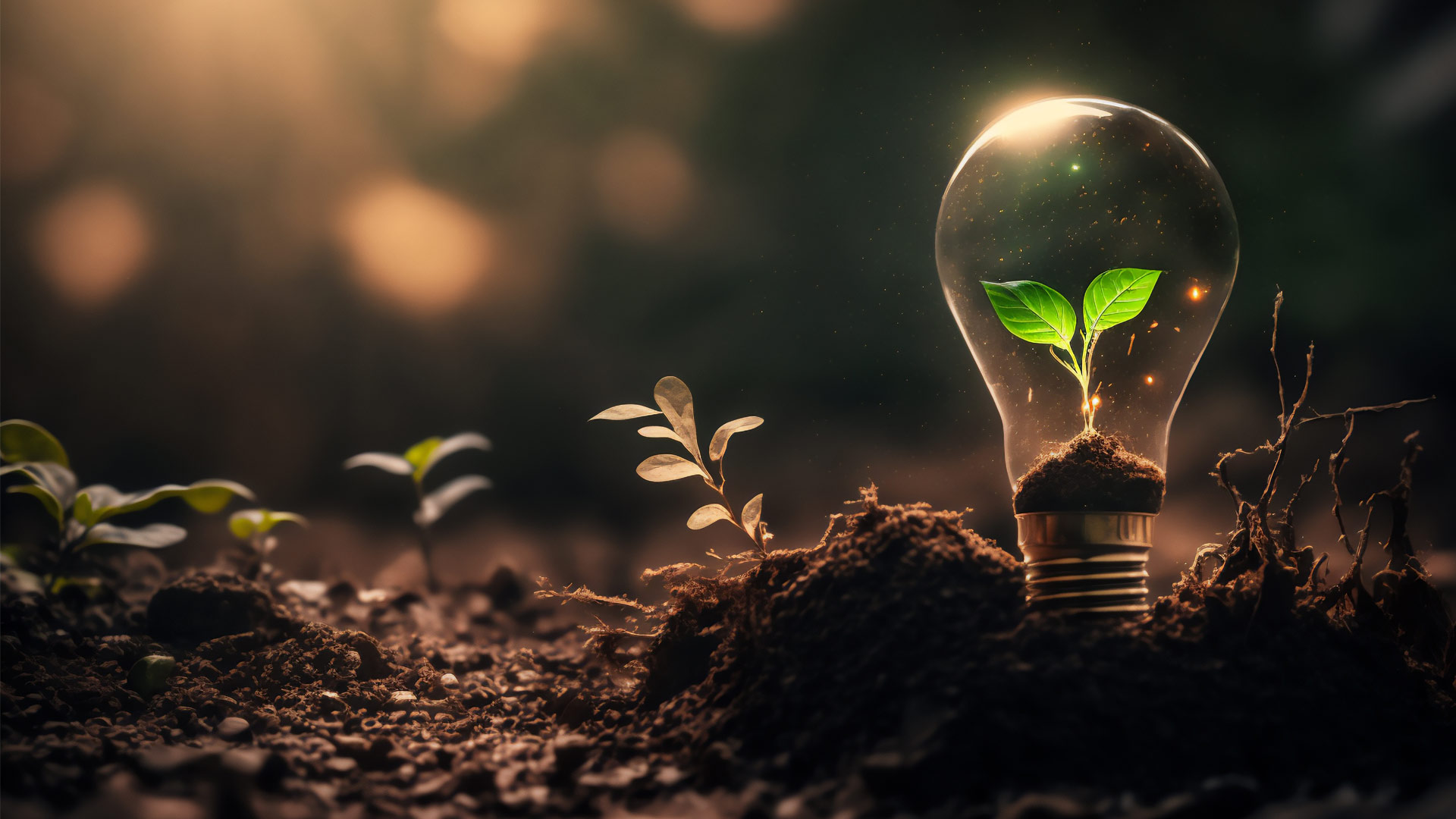Less talk, more action
As lighting designers, we work at the crossroads of creativity, technology, and sustainability. It’s our job to pull the creative and technical threads of a project together to breathe life into a scheme and elevate the design, yet there’s now an all-important third element to weave into each project – sustainability.
In the ever-changing world of luminaire technology, the scope for creativity is incredible, but we can’t ignore the fact that every watt of energy used is another watt of energy burned. There is now a growing requirement to excel in each of these aspects and the need to reduce waste, energy consumption, and light pollution weighs heavy on us all.
What makes meaningful design?
In order to make meaningful choices and be as accurate as possible in our decisions we must immerse ourselves in the brief. We now wade through reams of data and information – often misinformation – to build an accurate environmental picture of the impact fixtures, manufacturing processes and supply chains have. And let’s not forget about the increasingly important consideration of circular economy. What do we do with these products at the end of their life, it’s a tricky deliberation and the obvious answer doesn’t always lead to an easy solution. As we try to reduce consumption, we are thankfully seeing a move away from trends and a renewed focus on creating beautiful designs that encompass longevity and will stand the test of time.

Quality over Quantity
To capitalise our designs, we need to know all about the people we are designing the space for and how they will use it. We can then use this understanding to research, develop, scrutinise, and finesse the design. Quality rather than quantity of light is always the distinguishing factor and the key to finding the right lighting solution, from a design perspective as well as a sustainable one.
Not every space and everything in it needs to be illuminated at all times – lighting controls can play a valuable role in ensuring that we only have light where and when needed. They have a carbon footprint of their own of course, as well as an associated cost, but it’s a cost worth paying if overall the project becomes more efficient as a result of their use.
The bigger picture
Ultimately the best thing we can do in terms of sustainability is to repurpose products, however this requires a whole lot of time, thought and a great deal of ingenuity. The reality is that we haven’t moved beyond recycling and even that’s not working. The solution? It’s time for us to start being transparent about the challenges we’re facing so that we can find a better way forward. We need to look beyond the lighting industry and raise awareness at a government level, without financial incentives businesses will never move beyond just talking about circular economy principles.
As clients seek more sustainable solutions, they need people around them that understand every facet of light – even if that raises difficult questions about how we work towards circular economy principles and reducing energy-consumption and embodied carbon. We’re only going to move forward if we’re transparent about the reality of the challenge ahead, if we take the time to do it right, and crucially with the all-important support from governing bodies.
The lighting industry needs to re-evaluate what makes great design. Without a doubt we need imaginative lighting and engaging moments, but we as designers must take responsibility for minimising the impact of our work.
Image © EcoLife-Zone


